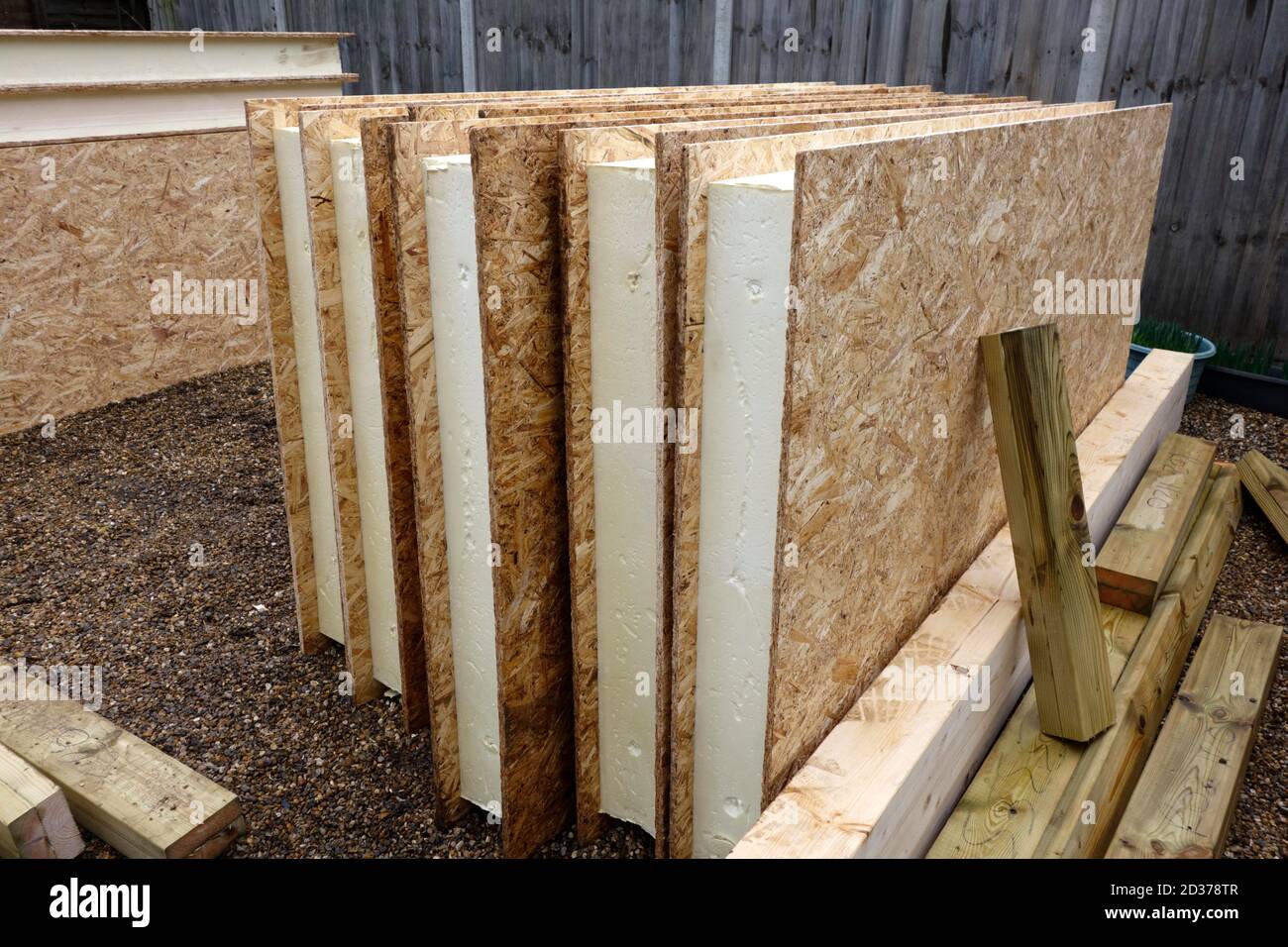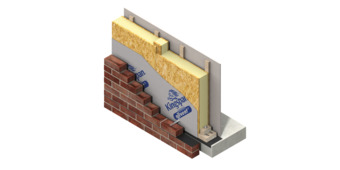

Avoid locating the stacks above standing water and wet soils. apart and covered with a tarp (Figure 2). Panels should be stacked off the ground on 4 X 4 timbers no more than 6 ft. Manufacturers ship groups of panels that will be erected together. To protect the panels and minimize handling, stack the panels high, dry, and flat and in the order they will be needed as when assembly begins. Coordinate with the SIP manufacturer to determine who will unload and stack the panels when they arrive at the work site, it is generally the contractor’s responsibility to unload the truck. Ideally have the foundation assembly completed just before the arrival of the panels.

#SIPS PANELS WINDOWS#
Avoid designs that call for ganged or mulled windows because they are heavy, awkward to handle, and harder to install. Make sure that the window and door rough openings are correctly placed in precut panels. Understanding where these load points are located is important to maintain not only the needed structural support within the conditioned space but also to maintain chase ways for HVAC, plumbing, and electrical distribution. The ridge beam generally has several intermittent load points that transfer the design load to the ground. Plan for a single ridge beam if possible for simplicity of installation. In general, the entire exterior wall needs to be supported all the way to the foundation. Continuously check the accuracy of shop drawings to ensure the installation matches the intent of the plans. Know the location of structural point loads. Either train yourself on SIP installation or have trained personnel involved in the project at as early a stage as possible. Meet with all subcontractors and key personnel before construction to review the plans and discuss sequencing. When installing SIPs the ten most important considerations are the following ( Christian 2011). Also follow the specific manufacturer’s instructions for the SIP product be installed. The following general guidance is provided when installing SIP panels. Figure 1. SIP panel walls are less susceptible to air leakage and convection and resultant potential condensation problems than stick-built walls. SIP panel walls are less susceptible to air leakage and convection and resultant potential condensation problems than stick-built walls (see Figure 1). Studies have found that framing comprises 25% of a stick-built wall and 14% of an advanced framed wall but only 8.7% of a SIP wall ( CEC 2001 Carpenter and Schumacher 2003). Because less framing is needed with SIP panels, there is also less thermal bridging than in a stick-built wall. SIP walls meet or exceed typical dimensional lumber construction structural properties.

SIPs consist of two layers of plywood or OSB that “sandwich” an inner core of insulating rigid foam.


 0 kommentar(er)
0 kommentar(er)
